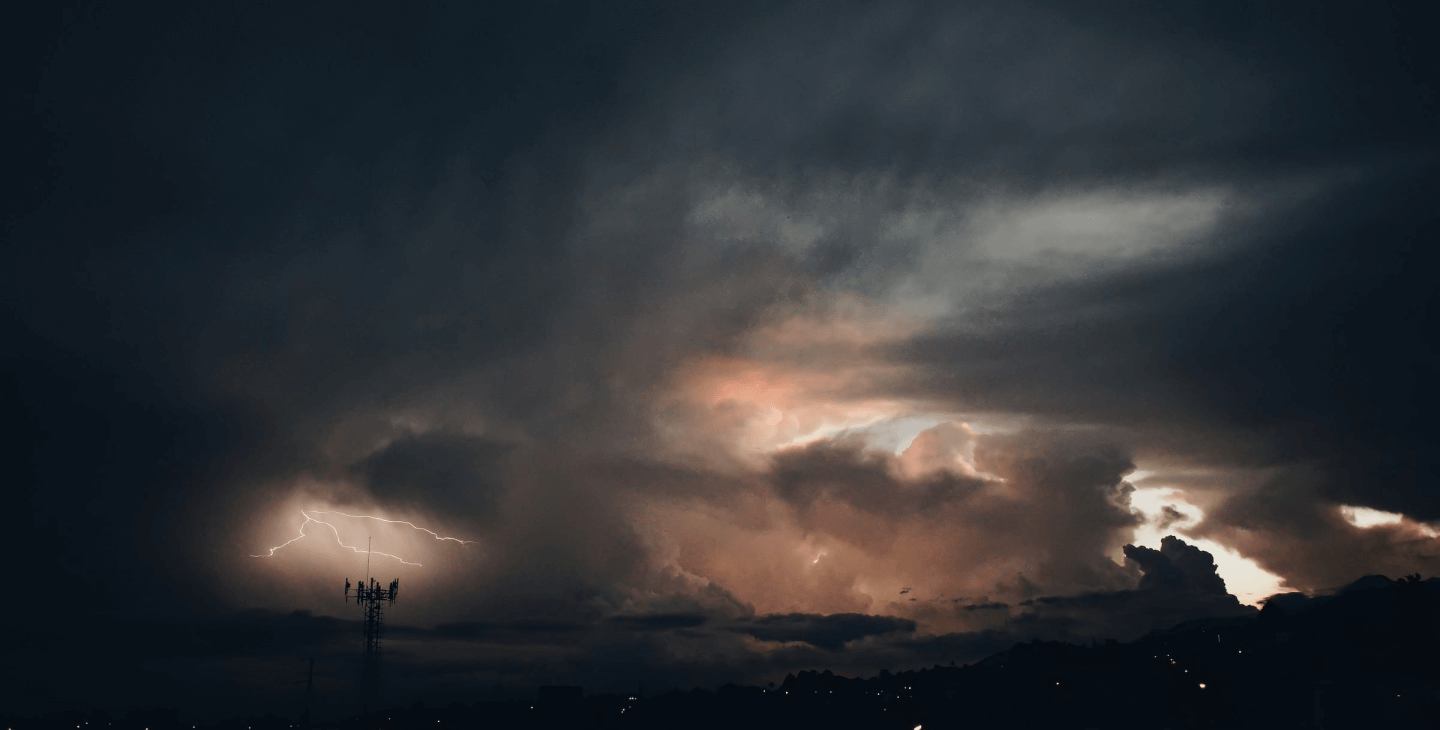Third TEMA meeting - 18 and 19 October 2023, Cagliari
30 October 2023
Valeria Chiara Coraini, Unit coordinator - Communication and International Activities at Direzione generale della protezione civile Regione Autonoma della Sardegna.
Renata Brattina, Unit coordinator General Affairs and Technical Activities at Direzione generale della protezione civile Regione Autonoma della Sardegna.
Francesco Nasir, Civil servant at the risk forecasting service at Direzione generale della protezione civile Regione Autonoma della Sardegna.
On 18 and 19 October 2023, the third meeting of the European project TEMA, Trusted Extremely Precise Mapping and Prediction for Emergency Management, was held in Cagliari, Italy, as part of the European HORIZON research and innovation programme.
Hosted by the General Directorate of Civil Protection of the Sardinian region at the regional library in Cagliari, a partner in the project as End User, the meeting was attended by all 20 partners from Austria, Belgium Finland, Germany, Greece, Italy, the Netherlands and Spain.
The project envisages the validation of the system through a number of pilot tests in various European countries, one of which will take place in Sardinia. For this reason, the technical interventions made by the working group of the General Directorate of Civil Protection of the Region of Sardinia, during the first day of work, mainly concerned the functioning of the warning system and the procedures used in the event of an emergency by the hazard and risk forecasting centre (CFD) and by the emergency management room for floods and wildfire events (SORI/SOUP).
The aim of the project is in fact to improve Natural Disaster Management (NDM) such as fires and floods, and the potential beneficiaries will mainly be Civil Protection Agencies and first responders. It is, in fact, planned to create an innovative platform useful for managing and predicting emergency situations caused by extreme phenomena.
The partnership is tackling innovative research topics in the area of intelligent management of edge nodes located near possible natural disaster areas, capable of creating immediate communication infrastructures (autonomous drones, next-generation weather stations, cameras and sensors equipped with new artificial intelligence algorithms, interconnected with each other), in particular activities concerning the decentralised federated edge-to-cloud continuum infrastructure for a dynamic distribution of computation and artificial intelligence models over a large afflicted area.
The first day's proceedings were opened by the Director General of the Civil Protection, Eng. Federico Ferrarese Ceruti, who emphasized the importance for the Region of Sardinia of participating in European projects such as TEMA, which can greatly improve the management of emergencies and contribute to risk reduction.
The meeting continued with the intervention of the project leader, the Aristotle University of Thessaloniki, who outlined the project's progress, starting with the analysis of the architecture of the TEMA platform using the available partner assets and presenting the diagrams of the interactions between the various technologies, as well as the big data storage system, useful for the functioning of the response mechanism being designed.
In particular, the Italian partner ENGINEERING focused on the Workplan, illustrating in detail the ways in which the different technologies interact with the architecture of the operating platform, the type and format of the input and output data of the control components, the catalogue of data available for its design, and the delivery schedule of the final version scheduled for November 2023.
In addition, case study scenarios and functional and non-functional end-user requirements were finalised.
The various technical partners then presented their products, while the end users illustrated the emergency response systems and better defined the scenarios to be used to test the platform.
In this regard, it was discussed whether the case study tests should not be carried out simultaneously to allow each partner to participate in them, in order to bridge any gaps that might emerge during the exercise, and to assess which technologies to test.
In conclusion, it was decided to use the same methodology as in the Trial Guidance Methodology Handbook (TGM) in order to design and manage the entire system validation in a uniform manner.
The initial report on the strategy and activities for the exploitation of the research product was also presented, with a special focus on communication and dissemination activities.
At the end of the second day of the meeting, the delegates visited the Sardinian Civil Protection General Directorate. Firstly, the CFD (hazard and risk forecasting centre) was presented; in particular, the Sardinian hydro-pluviometric network, the national radar network, the outputs of the weather forecasting models and the fire map were shown on the video wall. Delegates were able to learn how, based on this information, the CFD produces and issues daily bulletins related to hydraulic/hydrogeological risk and adverse weather events, as well as the bulletin related to forest fire danger. During the presentation, the focus was put on the fact that the Sardinian CFD is part of a network consisting both of regional centres and a national centre in Rome. There is a continuous exchange of information and data between this network.
Afterwards, the delegates visited the Decision Room, the Radio Room and the SORI/SOUP room (emergency management room for flood and wildfire events). Here, the delegates were shown how emergencies are managed. In particular, considering that it is currently wildfire season, the delegates were able to observe how civil protection and the forestry corps interact with the territory by managing human resources, vehicles, helicopters of the regional fleet and much more. Moreover, it was described how, in case of a large fire, a request is made to the national joint air operations centre in order to intervene on the affected area with aircrafts. On the videowall, the computer platform of the forestry corps that allows operators to view and store all the data concerning fires was shown, as well as the flow of data incoming and outgoing from the SORI/SOUP room was explained.

